Under the Sea
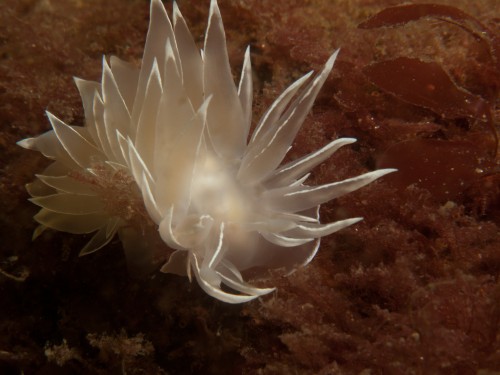
Andrea Reiter is a graduate student at North Cascades Institute and Western Washington University studying environmental education. She grew up in Washington, getting the opportunity to explore wilderness all throughout the state. In her free time Andrea enjoys being outdoors, near the saltwater, with her dog, and scuba diving.
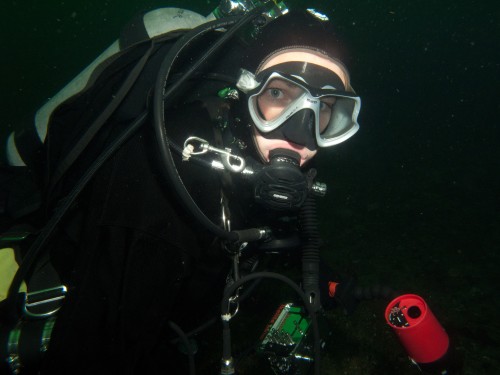 The author, with her first underwater camera
The author, with her first underwater camera
In our Mountain School program we always emphasize the importance of a healthy watershed and try to teach our students how to keep theirs clean. But why?
Six years ago, a clean watershed started to have a greater importance in my life. I started recreational SCUBA diving and fell in love with the critters below our emerald sea. My sister got me interested in SCUBA diving; I took lessons and loved the sense of wildness and adventure. Shortly after leaning to dive, I got into underwater photography. This was an excellent way to show others what is living in our backyard. Most people have only seen a photo or two of some of the stars in the Salish Sea, such as orcas, salmon, and the Giant Pacific Octopus.
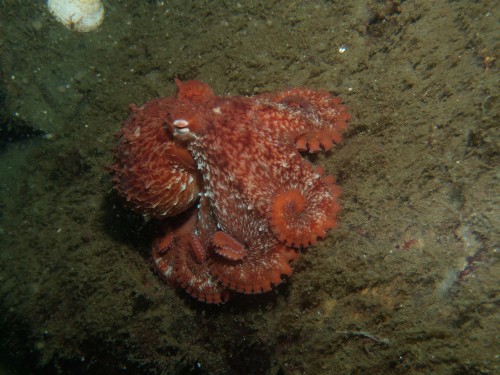 A young Giant Pacific Octopus in Hood Canal
A young Giant Pacific Octopus in Hood Canal
We have so many amazing animals living in our waters that after more than 300 dives I still want to take my camera on every dive to capture a new one. These underwater animals have personalities of their own, and in the changing of the seasons, their personalities and habits alter. We are currently in the heart of Lingcod and Cabazon nesting season, one of my favorite times to dive. The water is amazingly clear because the algae dies back with the reduced amount of sunlight and the fish are protecting their nests. Swim too close and you are likely to get head-butted by a Cabazon or chased off by a Lingcod.
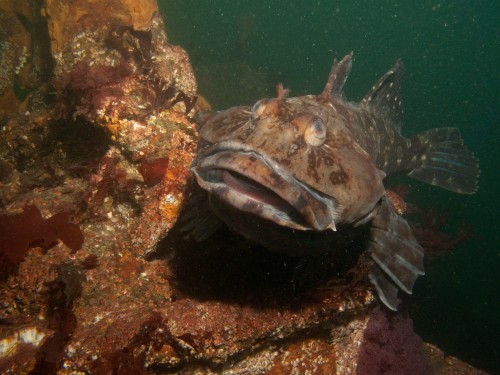 A Cabazon laying on eggs at Edmonds Underwater Park
A Cabazon laying on eggs at Edmonds Underwater Park
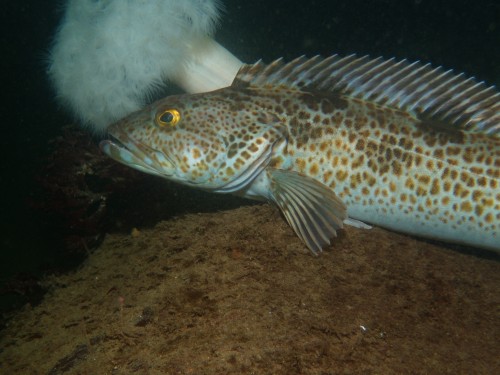 Lingcod perched on a rock. Lingcod are considered bottom fish and conserve energy by resting on the sea bottom.
Lingcod perched on a rock. Lingcod are considered bottom fish and conserve energy by resting on the sea bottom.
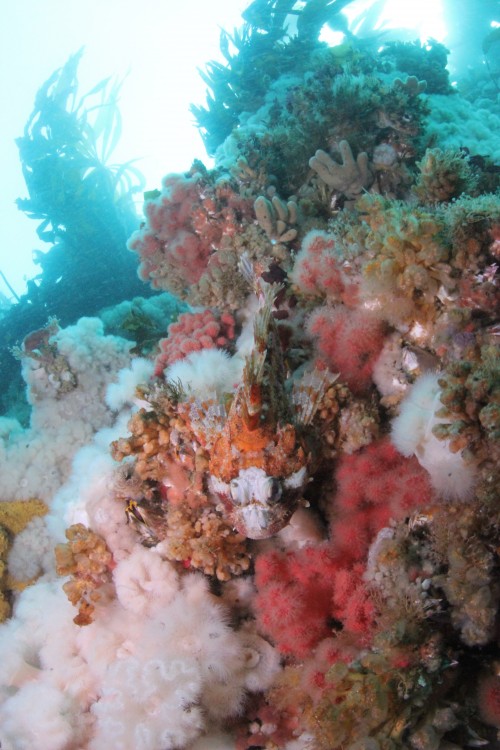 Red Irish Lord hiding in coral in British Columbia
Red Irish Lord hiding in coral in British Columbia
Teaching about watersheds to all the students who come to the Learning Center is part of why I am here. The Salish Sea is a precious gem to the area—we all have a responsibility to reduce our impacts on it and help clean up the water.
Leading photo: A White Lined Dirona in the South Sound. All photos by the author.


Andrea: Nicely done! Those ling cod and their friends look ready to give you the what-for! Nice shot of the octopus. Good to see you carrying on the marine side of things as Jess readies for the next challenge.